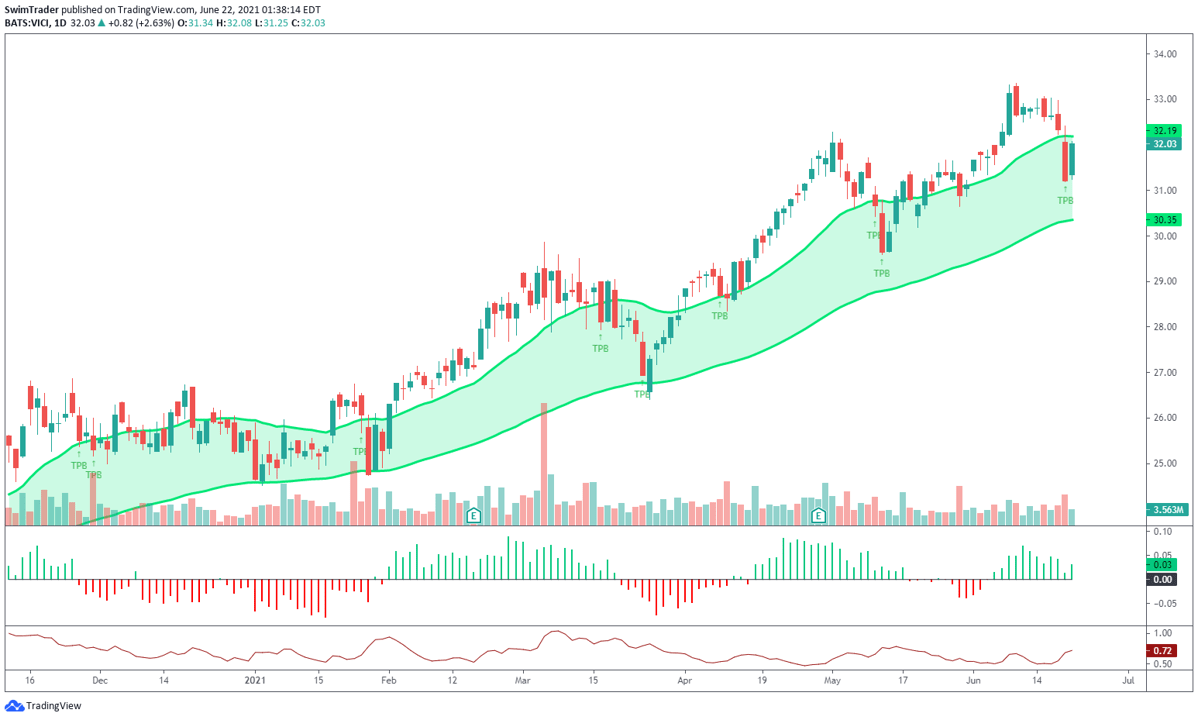Instead of spending hours on reading reports and interpreting numbers, you’d rather look at charts where most (if not, all) known information has been priced in. You are also visually inclined.
You’ve identified yourself as a trader from the table in Part 1. Welcome to Part 2.
In this article, you’ll learn about the needed ingredients to succeed, debunk a myth about trading, and discover how much capital you’ll need to start trading for a living.
The Myth Of Trading

I’m sure you have seen this everywhere: “I made $50,000 in a week!” or “I made what I used to earn in a month in just a day!”
All the hype of getting rich quick without disclosing the necessary effort and risks involved. And this is made worse by the amplification power of social media. Sadly, trading has gotten a tarnished reputation. While black sheep exists, trading isn’t a scam. It isn’t gambling. It is a skill. A recession-proof skill.
The 1st truth is – you’ll need a gigantic account to make $50,000 in a week or take huge risks. How huge? Possibly huge enough to empty your bank account.
The 2nd truth is – you’ll lose money most of the time at the start. I have my fair share of losses in my early years and even now (though it happens less frequently). It’s easier to lose money due to commissions, spreads, and other applicable fees.
But there is hope! I’ll share what it takes to be successful in trading.
3 Ingredients For Success

#1 Realistic Expectations
90% of traders and investors will lose money in the long run. That’s right, only 10% will be profitable. Yes, even the professionals lose money in the long run!
If the professionals who have been studying the markets for years still end up losing money, retail traders (that’s you and I) have to put in extra effort engaging in continuous learning.
You’ll need to be patient in your learning and diligent in preparing your trading plans.
Lastly, instead of looking to make your monthly salary in a week, look to make $20 a day. Improve and you’ll increase your earnings gradually.
#2 Proven System

Most people work best with a structure. It’s highly likely that you perform better with a structure.
The most successful traders have a proven trading system. Their trading systems have been tested rigorously and have been performing well over the years.
Trading systems are like recipes of your favorite dishes. You’ll need a good balance of aggression and defense (think of heat and timing). Your trading system must be easy to follow and effective.
I have spent many years going in circles before I discovered this balance. This led me to the formulation of my signature CPTS and TPB Swing masterclasses.

#3 Discipline
Jim Rohn defines discipline perfectly, “Discipline is the bridge between goals and accomplishment.”
Set aside time to read, watch and learn from successful traders. Schedule time to practice and review your trading ideas too.
If you have a proven trading system, follow your trading plan. Trust your system. Trust your plan.
Don’t have enough money to start trading? Work out a plan on how you can save and/or earn more. If it means taking up a 2nd job on weeknights or weekends, do it!
How Much Do You Need To Get Started?

You may have heard the story of legendary trader Richard Dennis turning $1,600 into $200 million in 10 years. That’s an outlier. While it is possible to strike it rich with a small trading capital, it is wiser to start with a larger amount.
At the start, let’s say your monthly return is 2% and you have a $50,000 account. You’ll make $1,000 a month.
With a $250,000 account, you’ll make $5,000 a month.
As time passes, your results improve. You start getting a monthly return of 10%. To make $5,000 a month, you’ll need a $50,000 account.
Hence, being a full-time trader too soon with a small account size isn’t wise. You’ll be limited to the number of stocks that you can afford to trade. Your losses will be more difficult to be earned back due to commissions, spreads, and other applicable fees.
Aim to have an account of $50,000 or more. Increase your savings and/or earning before trading on a full-time basis.
As a new trader, a good minimum account size is $5,000.
Things You Must Remember
Trading is not as glamorous as what you see on social media.
Trading is not a get-rich-quick scheme. Suffering losses is part and parcel of trading. To be a successful trader, you’ll need to have realistic expectations, a proven trading system, discipline, and dedication.
Here’s What You Can Do To Improve Your Trading Right Now:
#1 Register for our market outlook webinars by clicking here
#2 Join us in our Facebook Group as we can discuss the various ways of applying this by clicking here
#3 Never miss another market update; get it delivered to you via Telegram by clicking here
#4 Grab a front row seat and discover how you can expand your trading arsenal in our FREE courses (for a limited time only) by clicking here
See you around!

